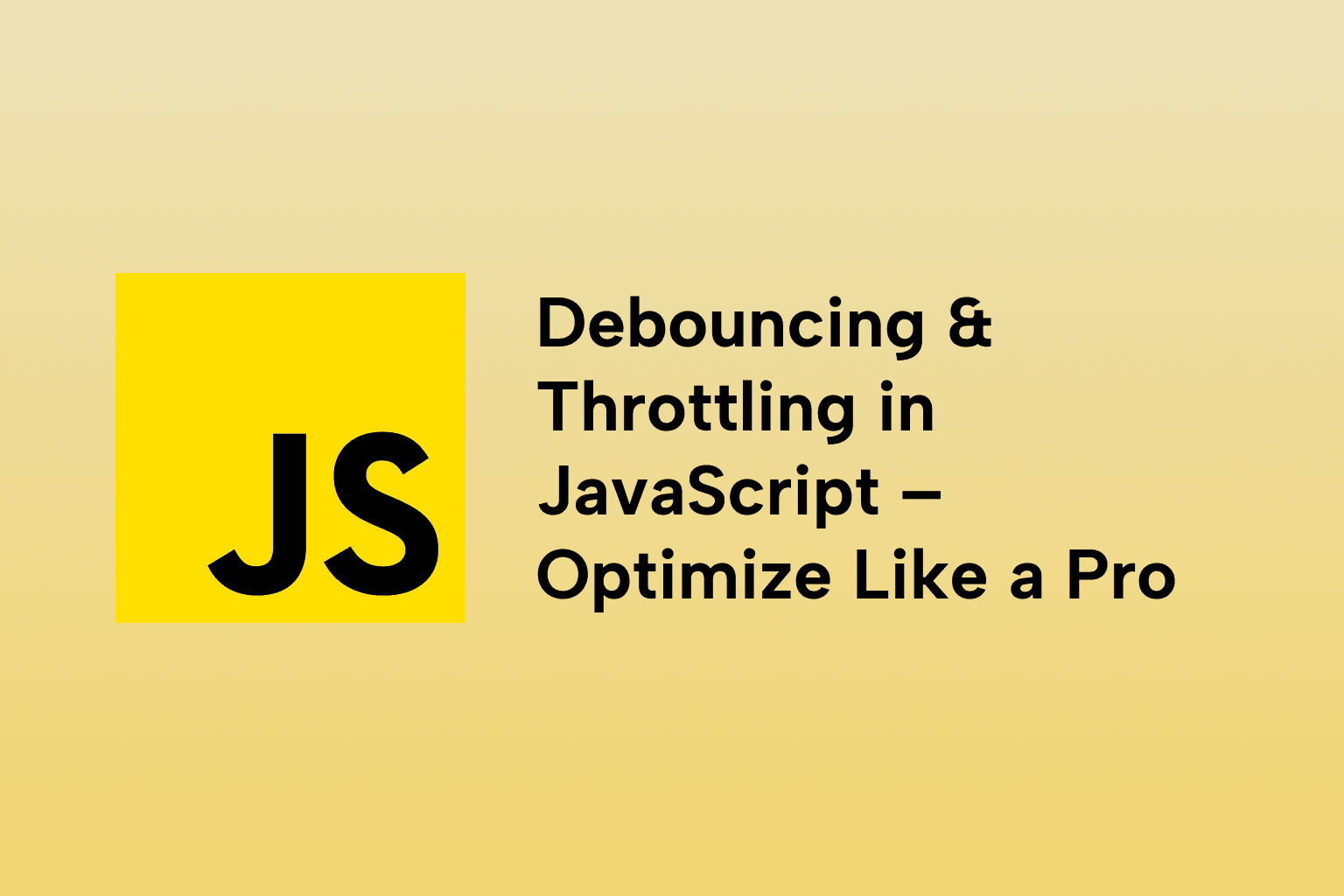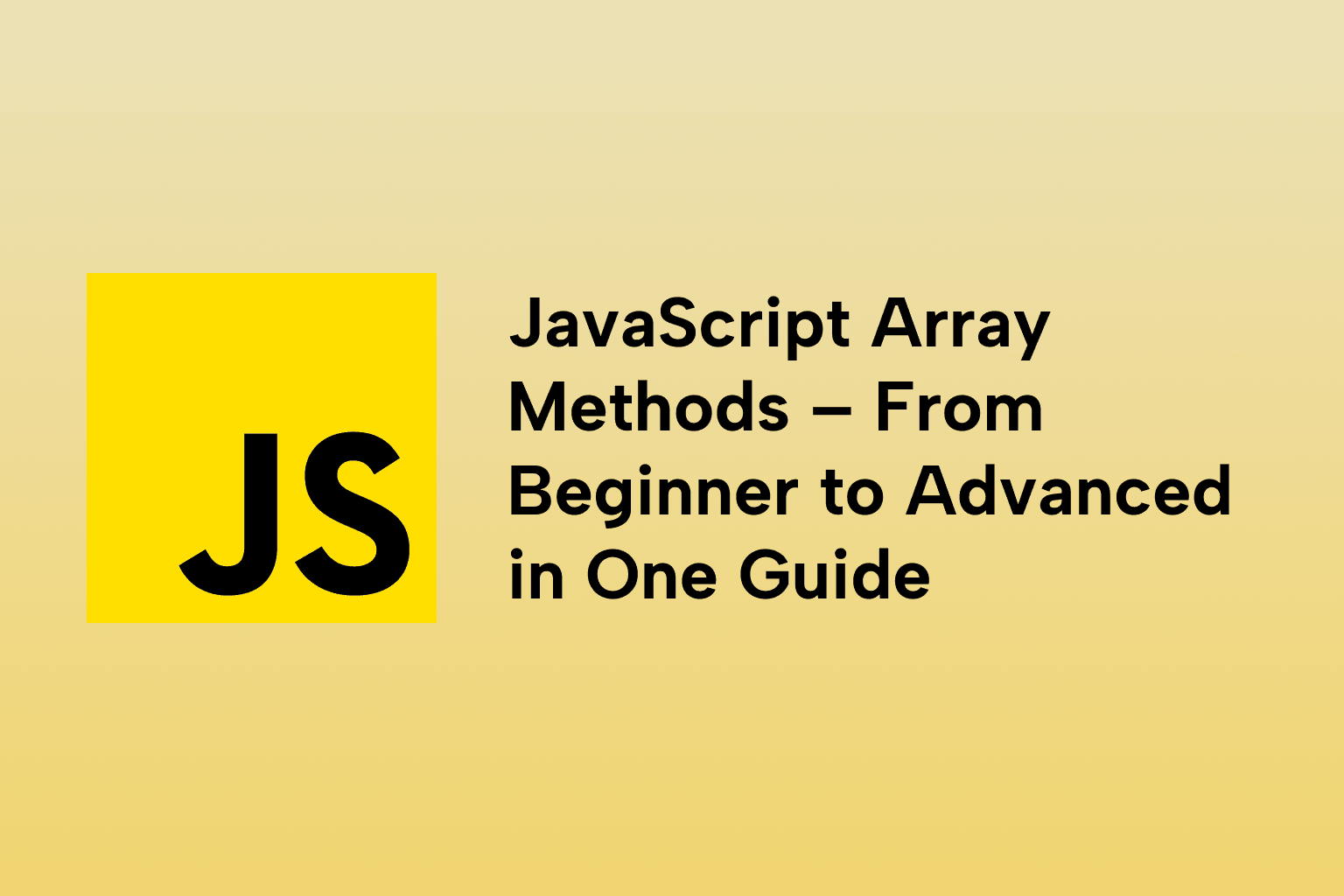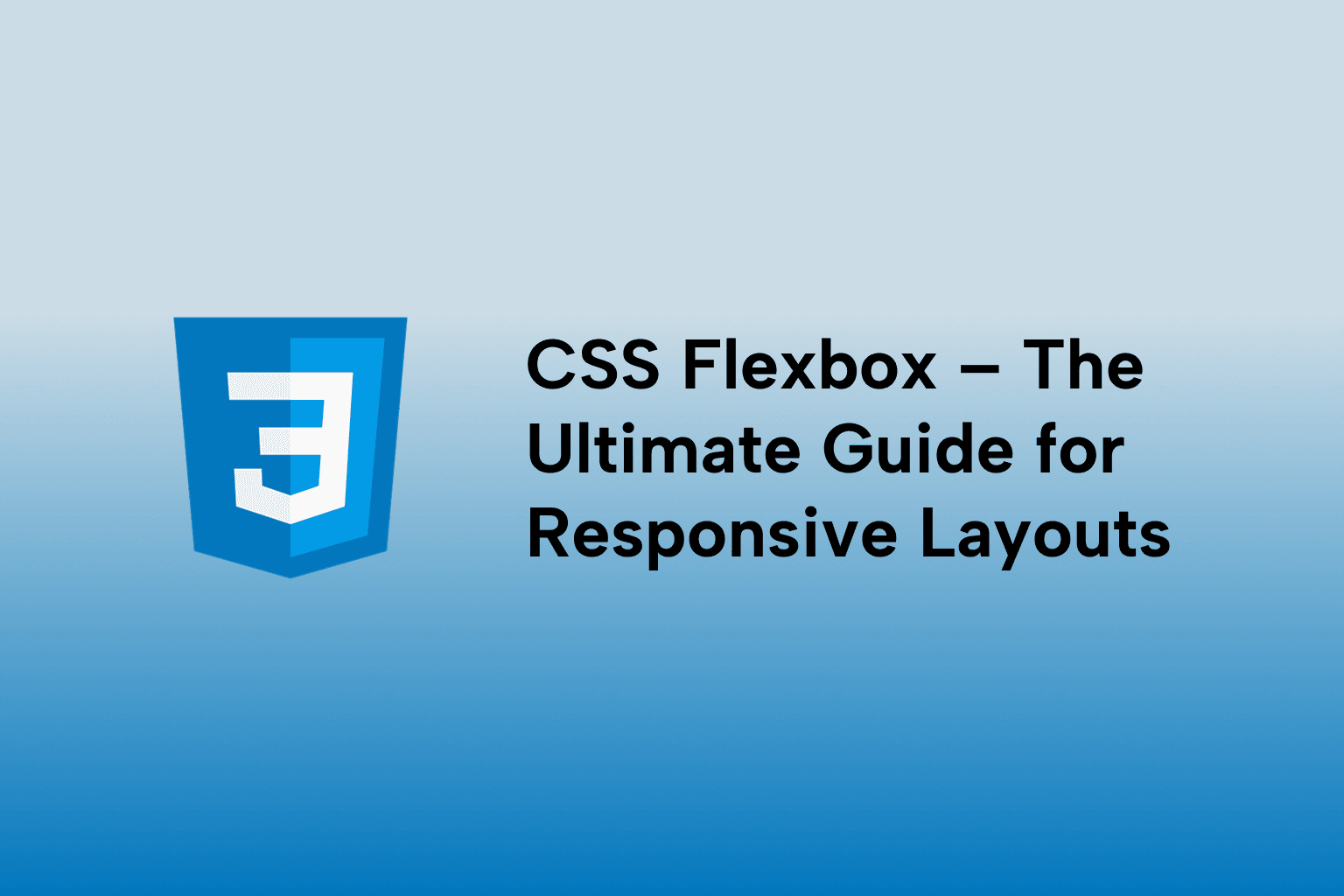10 Mind-Blowing JavaScript Concepts You Should Master Before an Interview
 Emma George
Emma George
TABLE OF CONTENTS
1 . Closures
2 . Scope and Lexical Environment
3 . Hoisting
4 . The ‘this’ Keyword
5 . Promises & Async/Await
6 . Event Loop and Concurrency Model
7 . Prototypes and Inheritance
8 . Call, Apply, and Bind
9 . Higher-Order Functions & Functional Programming
10 . Currying and Partial Application
Conclusion
Whether you’re a seasoned developer or a fresh graduate preparing for your first big technical interview, JavaScript interviews often dig deeper than just the basics. Beyond syntax and simple DOM manipulation, hiring managers want to test your understanding of the core concepts that drive JavaScript’s behavior under the hood.
This guide takes you through the 10 most critical, powerful, and frequently misunderstood JavaScript concepts that you absolutely must master before stepping into any serious interview.
Let’s dive in.
1 . Closures
A closure is a function that has access to its own scope, the outer function’s scope, and the global scope, even after the outer function has returned.
Example:
function outer() {
let count = 0;
return function inner() {
count++;
console.log(count);
};
}
const counter = outer();
counter(); // 1
counter(); // 2
In interviews, closures are often used to test your understanding of scope and persistent data.
🔍 Why it's important: It's a common pattern for encapsulation and data privacy.
2 . Scope and Lexical Environment
Scope defines where variables and functions are accessible. JavaScript uses lexical scoping, meaning scope is determined by the physical placement of code during declaration, not execution.
Example:
function foo() {
let a = 5;
function bar() {
console.log(a);
}
bar();
}
Interviews often include questions about how variables are accessed inside nested functions or blocks.
🔍 Key Tip: Understand the difference between block scope (let/const) and function scope (var).
3 . Hoisting
JavaScript hoists declarations to the top of the scope, but not the initializations.
Example:
console.log(a); // undefined
var a = 10;
Function declarations are hoisted entirely, while function expressions are not.
foo(); // works
function foo() {}
bar(); // TypeError
var bar = function() {};
🔍 Why it matters: Misunderstanding hoisting leads to bugs and confusion.
4 . The ‘this’ Keyword
One of the most misunderstood keywords in JavaScript, this refers to the object from which the function was called.
Context can vary:
- Global context: this refers to window (in browsers).
- Object method: this refers to the object.
- Arrow functions: inherit this from the lexical scope.
Example:
const obj = {
name: 'JS',
getName: function () {
return this.name;
}
};
console.log(obj.getName()); // 'JS'
🔍 Interviewers love this because it tests your understanding of context, especially with arrow functions and event handlers.
5 . Promises & Async/Await
Asynchronous programming is everywhere—fetching data, loading images, timers, and more.
Promises provide a cleaner alternative to callback hell:
fetch('https://api.example.com')
.then(response => response.json())
.then(data => console.log(data));
Using async/await makes code more readable:
async function getData() {
const res = await fetch('https://api.example.com');
const data = await res.json();
console.log(data);
}
🔍 In interviews, expect to write or debug asynchronous code.
6 . Event Loop and Concurrency Model
The event loop is at the heart of JavaScript’s non-blocking behavior.
Key components:
- Call Stack
- Web APIs (in browsers)
- Callback Queue (a.k.a. Task Queue)
- Microtask Queue (Promises)
Example:
console.log('A');
setTimeout(() => console.log('B'), 0);
Promise.resolve().then(() => console.log('C'));
console.log('D');
// Output: A D C B
🔍 Interviewers use this to test your understanding of how JS handles concurrency.
7 . Prototypes and Inheritance
JavaScript uses prototype-based inheritance. Every object has a [[Prototype]] property.
Example:
function Person(name) {
this.name = name;
}
Person.prototype.sayHello = function() {
console.log(`Hello, I'm ${this.name}`);
};
const p1 = new Person('Alice');
p1.sayHello(); // Hello, I'm Alice
Also, ES6 introduced class syntax, but it still uses prototypes under the hood.
🔍 Important for understanding object-oriented patterns in JavaScript.
8 . Call, Apply, and Bind
These methods control the value of this when calling a function.
- call: immediately invokes the function with a specified this
- apply: same as call, but takes an array of arguments
- bind: returns a new function with bound this
Example:
function greet(greeting) {
console.log(`${greeting}, ${this.name}`);
}
const user = { name: 'Sam' };
greet.call(user, 'Hello'); // Hello, Sam
🔍 Interviewers want to see if you understand how to manipulate function context.
9 . Higher-Order Functions & Functional Programming
A higher-order function is a function that takes another function as an argument or returns a function.
Example:
const numbers = [1, 2, 3];
const doubled = numbers.map(num => num * 2);
Other common higher-order functions:
- filter()
- reduce()
- forEach()
- find()
Understanding immutability, pure functions, and side effects will give you a strong functional programming foundation.
🔍 Functional programming is increasingly common in modern JavaScript applications.
10 . Currying and Partial Application
Currying breaks a function into a series of functions each taking one argument:
function multiply(a) {
return function(b) {
return a * b;
};
}
const double = multiply(2);
console.log(double(4)); // 8
Partial application fixes some arguments of a function and returns a new function:
function greet(greeting, name) {
return `${greeting}, ${name}`;
}
const sayHelloTo = greet.bind(null, 'Hello');
console.log(sayHelloTo('Sam')); // Hello, Sam
🔍 These are great to mention in interviews to show depth in JS and functional patterns.
Conclusion
JavaScript interviews aren’t just about writing code, they’re about demonstrating a real understanding of how the language works. Mastering these 10 concepts will give you a huge advantage in both technical assessments and real-world coding challenges.
Remember, you don’t have to memorize everything. What matters most is understanding how and why these concepts work, and being able to apply them confidently.
Practice, build projects, read MDN, and keep experimenting. The more you work with JavaScript in real scenarios, the more intuitive these mind-blowing concepts will become.
So go ace that interview, you’ve got this! 💪

Emma George
Software Engineer
Senior Software Engineer



